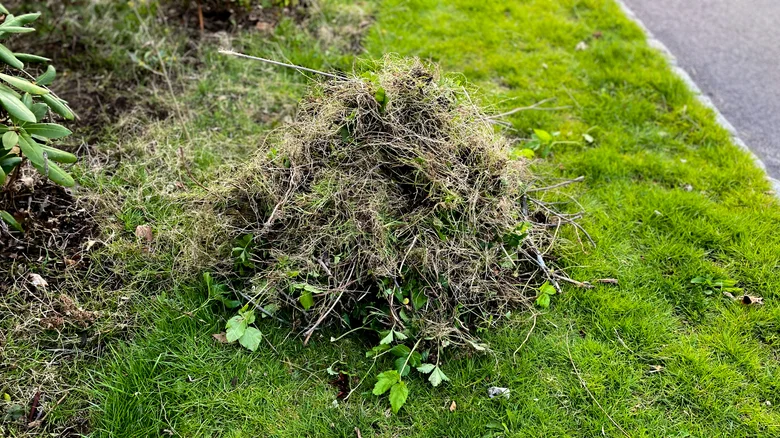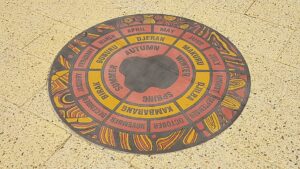What defines a weed? It’s a tricky question to get to the root of.
Generally, a weed is described as any plant whose presence is detrimental to the economic value, agricultural utility or health of nearby waterways.
But it’s highly context-specific. It depends on where the weed grows, its competitors in the ecosystem and if humans are able to utilise the plant.
Beyond farms and fields, weeds have infiltrated our native forests and scrublands.
They are now one of the worst contributors to biodiversity loss.
Once a weed has been identified and defined, the consensus is usually to pull it out and destroy what’s left.
The favoured modus operandi? Powerful herbicides.
IN THE WEEDS
There are officially 32 weeds in Australia considered invasive to the point of national significance. That’s an increase from 20 in 1999.
The Mexican wheel cactus (Opuntia robusta) is one of the worst and has sparked resistance campaigns across Australia.
Caption: Wheel cacti in Chiltern-Mt Pilot National Park are native to Central America
Credit: Friends of Chiltern Mt Pilot NP via flic.kr/p/2mLHfz5
Unfortunately, it’s a losing battle – just one of many against cacti that have made a base of the bush over the last 200 years.
Though it’s not just the prickly buggers.
The full list includes alligator weed, blackberry, gazania, buffel grass, Parkinsonia, gorse and many more. All are ‘banned from sale’.
These thriving plants are only classified as weeds in Australia because they are uniquely suited to dominate our environment. Some grow incredibly quickly. Others can disperse hundreds of thousands of seeds.
The plants considered weeds overseas may be totally different.
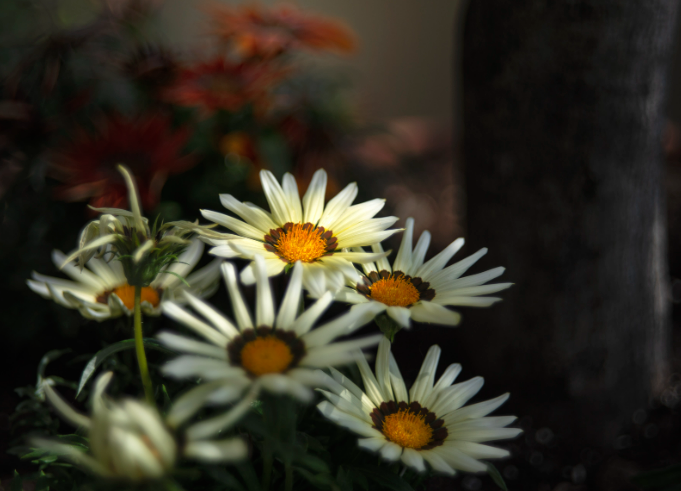
Credit: Roberto Defilippi via flic.kr/p/2gaM7kd
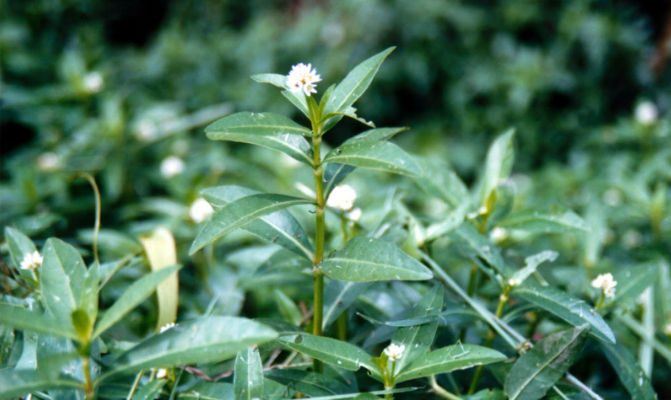
Credit: Brisbane City Council via flic.kr/p/9utiPK
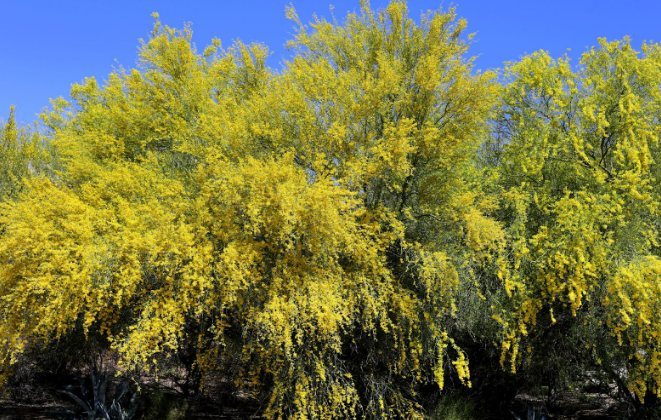
Credit: Bill Morrow via flic.kr/p/TjtCDs
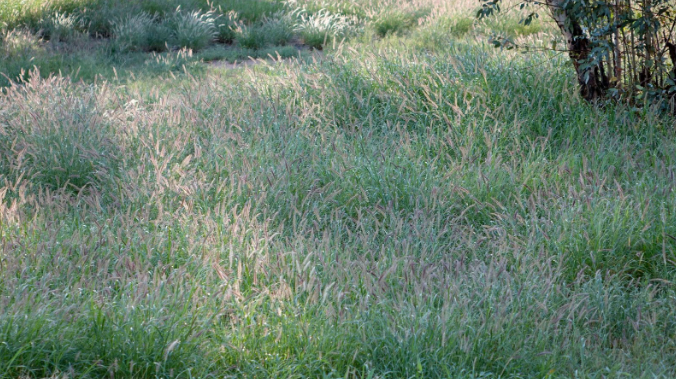
Credit: Dr Fiona J Walsh via flic.kr/p/R7Durt
PULLING WEEDS
It’s not as simple as ripping weeds out and tossing them in the green waste bin.
On Kaurna Country in South Australia, there were once eight species of southern brown bandicoot. Only one remains.
Caption: Southern brown bandicoot (Isoodon obesulus)
Credit: JMillott via flic.kr/p/d44zvb
These adorable marsupials have been hiding from feral cats among the thorns and thickets of blackberry bushes.
Removing the invasive, berry-laden bushes can’t be a simple smash and grab.
REALITY CHECK
Weed removal is a key aspect of land management.
Particularly in fragile, hyper-specialised ecosystems like Australia, minor changes can have major impacts.
Herbicides can’t be the only way forward, especially since they ramp up climate change and cause algal blooms.
Scientists advocate for weed removal to be done in complex, tightly managed stages.
Ideally, this is along with native species being quickly revegetated to cater to the habitat needs of the local species.



